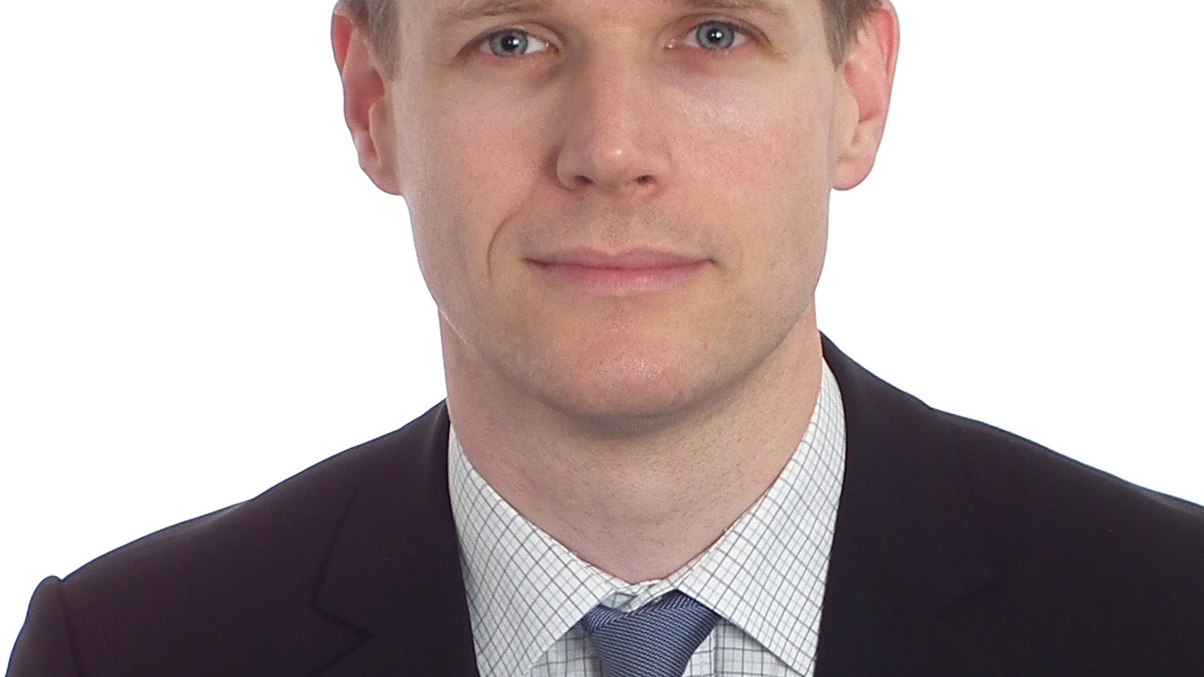Onshore fund markets hold key to AUM growth
Emerging markets are rising fast and have most potential in terms of retail funds as growth in the region’s offshore hubs stalls, finds Fitch Ratings.

The opportunity for international fund houses to grow their asset bases in Asia is shifting to onshore emerging markets as growth in the offshore centres of Hong Kong and Singapore comes to a standstill, finds Fitch Ratings.
Sign in to read on!
Registered users get 2 free articles in 30 days.
Subscribers have full unlimited access to AsianInvestor
Not signed up? New users get 2 free articles per month, plus a 7-day unlimited free trial.
¬ Haymarket Media Limited. All rights reserved.


